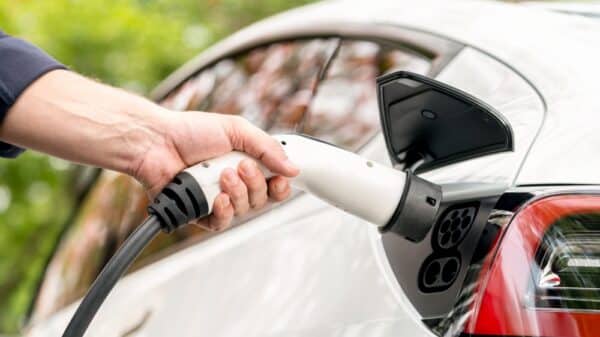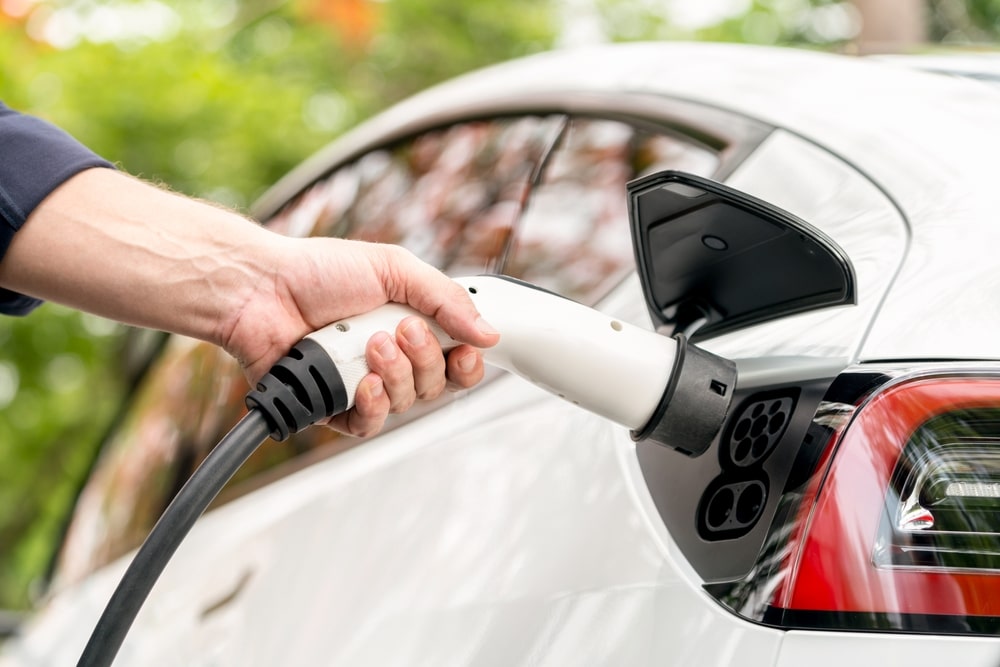For many years, the emphasis has predominantly been on the efficiency of electric vehicles (EVs), with their environmental advantages being a significant factor in their marketing appeal. Indeed, electric is the future, especially as we approach the prohibition of petrol and diesel cars by 2030.
However, beyond their ecological benefits, contemporary EVs are defined by more than just energy efficiency. Innovations in performance, technology, and design are enabling electric cars to set new standards that go far beyond merely saving energy.
Here’s an overview of why EVs represent a complete package in the automotive realm.
Power and Speed
Today’s EVs are formidable machines, frequently surpassing their internal combustion engine (ICE) rivals when it comes to acceleration and maximum speed. Take, for example, the Hyundai Ioniq 5 N, equipped with dual motors and remarkable handling, which delivers up to 650 horsepower in boost mode and accelerates from 0-62 mph in a mere 3.4 seconds.
This level of performance isn’t solely reserved for premium models. Even standard EVs offer rapid acceleration due to the instant torque generated by electric motors. This not only makes driving them an exhilarating experience but also highly practical for overtaking on highways or maneuvering through congested urban traffic.
Advanced Features
Electric vehicles are often equipped with state-of-the-art technology. One notable innovation is regenerative braking, which recaptures energy during braking and enhances driving range. Numerous electric models are also outfitted with advanced driver-assistance systems, featuring semi-autonomous driving capabilities that ease the demands of long-distance commuting.
The infotainment systems present in EVs are increasingly taking centre stage, integrating features such as over-the-air updates and effortless smartphone connectivity. Consequently, these systems are continuously improved and updated with the latest advancements—unlike traditional petrol and diesel vehicles.
Handling and Ride Comfort
Electric cars benefit from a low centre of gravity due to the heavy battery packs placed beneath the chassis. This arrangement not only enhances stability but also improves cornering abilities and overall driving comfort.
The handling of electric vehicles is additionally optimized by EV-specific tyres. These tyres deliver excellent traction and responsiveness, ensuring a more comfortable and secure driving experience, whether navigating winding country lanes or city streets.
Design and Aesthetic Appeal
EVs are also at the forefront of automotive design. Their contemporary and streamlined looks attract a diverse range of consumers, from tech aficionados to those who prioritize style.
Take the Lotus Eletre, an electric SUV that beautifully merges striking aesthetics with high-performance capabilities. Its bold, forward-thinking design exemplifies how automakers are reshaping the image of vehicles in the age of EVs.
Models to Monitor
Electric sports cars are poised to elevate the standard even further for automotive enthusiasts. The Abarth 600e, which debuted in November 2024, is already a promising contender. Built on the Fiat 600e platform, this all-electric hatchback is set to deliver exhilarating performance and compact nimbleness for individuals eager to explore this new, agile vehicle.
Given these advancements, it’s evident that EVs are undergoing rapid transformation. They are no longer just energy-efficient; they now embody power, innovation, and style. As the transition to electric vehicles continues, their allure will only expand.
Image Source: Owlie Productions / Shutterstock

































